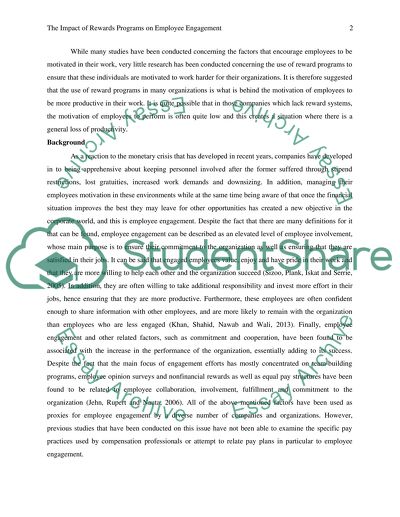Cite this document
(“The Impact of reward management on organisational performance: Case Research Proposal”, n.d.)
Retrieved from https://studentshare.org/human-resources/1482055-the-impact-of-reward-management-on-organisational
Retrieved from https://studentshare.org/human-resources/1482055-the-impact-of-reward-management-on-organisational
(The Impact of Reward Management on Organisational Performance: Case Research Proposal)
https://studentshare.org/human-resources/1482055-the-impact-of-reward-management-on-organisational.
https://studentshare.org/human-resources/1482055-the-impact-of-reward-management-on-organisational.
“The Impact of Reward Management on Organisational Performance: Case Research Proposal”, n.d. https://studentshare.org/human-resources/1482055-the-impact-of-reward-management-on-organisational.


